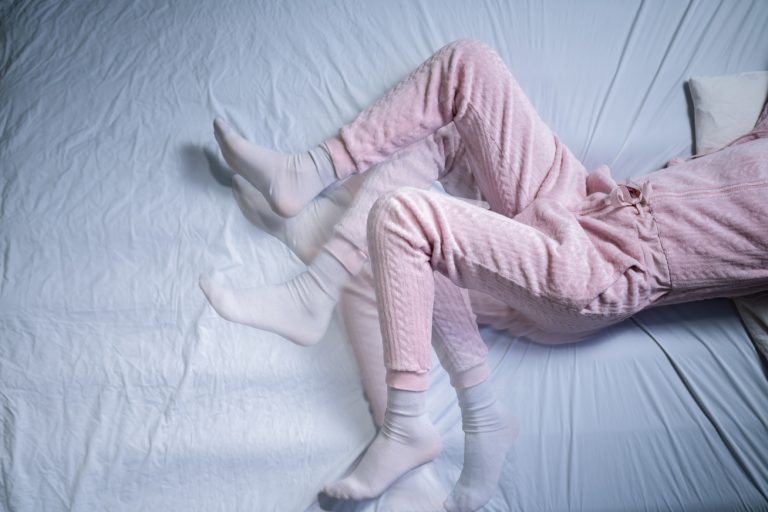Tense, tingling sensation in the legs: these are symptoms of restless legs syndrome
The compulsive movement and tingling of the feet at night can prevent many people from sleeping peacefully.
When we go to bed in the evening, we feel tired and sleepy, but waking up in the morning does not find us rested. In such cases, we suspect a frontal effect, a full moon, and think much less about a symptom that is much more common than we might imagine.
Restless legs syndrome
In addition to sleep apnea, there is another reason that prevents many people from getting restful sleep. According to research data, it affects every tenth person who lives with this sleep disorder without even knowing it.
Restless legs syndrome is a movement disorder. Those affected by this, despite having done everything to get a restful sleep beforehand, feel an intense urge to move their legs after falling asleep. This compulsive movement can occur several times during the night and can easily lead to awakening, that is, it definitely disturbs continuous and deep sleep. It is not possible to generalize about the symptoms, some people just feel a tingling sensation, others experience a tightening, pulling sensation, and some people experience a forced movement almost like an electric shock. In others, this movement can be felt not only in the legs, but also in the arms, or in other parts of the body, and some have not just a flash, but a continuous movement. The discomfort is alleviated when we move the affected body part, but this is reason enough to disturb our sleep. Although this problem occurs less often in young people, many teenagers can also be affected by restless leg syndrome, and it is an interesting fact that according to statistics, it is detected in more women than men.
What is the reason?
Among the physical causes, one of the most important predisposing factors is inadequate foot circulation. There is also a greater chance of restless legs syndrome occurring if there are problems with the nerves of the spine or legs. It is a risk factor if the level of iron, vitamins and minerals in the blood is low, or if there are problems with the kidneys or muscles. The problem can also be triggered by the consumption of caffeine and alcohol, and it can also be a side effect of taking medication (drug allergy). If restless legs syndrome has already occurred in our family, it is possible that the tendency is inherited, as this is the case in 50% of cases. However, this seemingly minor movement disorder can cause a serious problem, similar to sleep apnea. Difficulty falling asleep, as well as poor-quality, insufficiently restful sleep, can lead to fatigue, impaired concentration, and reduced performance, which can cause problems during our daily tasks, and in the worst case, can even put us in serious danger. An accident may even occur as a result of anxiety and mood disorders. With restless legs syndrome, it is not possible to travel or sit in one place for a long time, so the quality of life can also be negatively affected by this complaint. It should be checked whether the movement disorder is not caused by something else, such as diabetes or arthritis. If the symptoms of restless legs syndrome are mild, we can also try to help with home practices, such as massage, hot baths, avoiding caffeine and alcohol, and regular sports. In more severe cases, however, it is worth using the help of a neurologist, who can recommend appropriate medication or therapy, because there may be some underlying neurological disease.
Among the psychological causes – if we have passed all examinations – we can suspect that stress or anxiety may be behind the symptom.
Treatment of restless leg syndrome
If the set of symptoms occurred due to some disease, the underlying disease is treated first (for example, iron deficiency with iron supplementation.) If the disease occurs for no identifiable reason, the treatment is primarily based on lifestyle changes. Quitting smoking, reducing alcohol and caffeine intake, and regular exercise often help relieve symptoms. Massage, icing or poultices on the numb limb, and stress and anxiety treatment can have a beneficial effect. If lifestyle changes are not sufficient to reduce symptoms, psychotherapy or drug therapy may also be considered.



